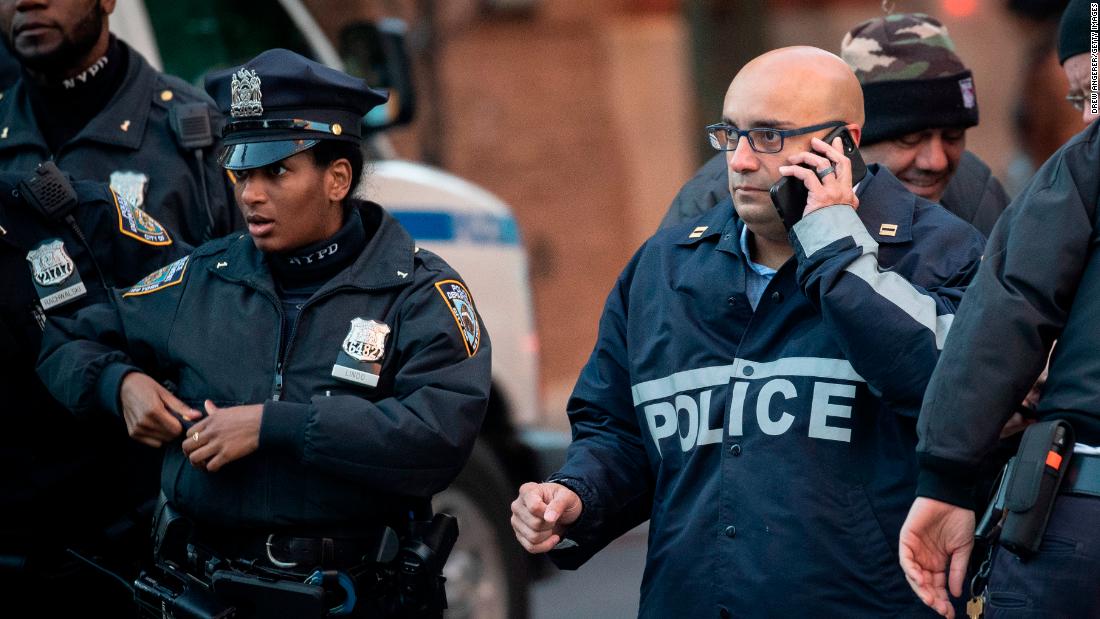[ad_1]
Officials have said the packages generally are similar in appearance: Manila envelopes with bubble wrap interior, each with six Forever stamps, affixed computer-printed address labels with misspelled words, and a return address belonging to a Florida office for Democratic US Rep. Debbie Wasserman Schultz. There’s no information to suggest Wasserman Schultz sent the packages.
At least some of the devices inside showed the presence of a sulfur substance, which could have exploded, a law enforcement official said. Those devices are believed to be pipe bombs, at risk of being set off just by handling — though no explosions or injuries have been reported.
Some are believed to have been sent through first-class mail, a source familiar with the investigation said.
The packages themselves may be a gold mine of forensic information, former FBI agent Josh Campbell, a CNN law enforcement analyst, said Thursday.
“Is there evidence of DNA, hair fibers, things like that?” Campbell said.
“This is a great cache of information, these … packages, which are going to lead to a wealth of identifiable evidence,” former Secret Service agent Joseph Funk told CNN.
Several devices were sent to an FBI facility in Quantico, Virginia, where they will be examined, officials said. Having the same people looking at the bombs makes it easier for the bomber’s patterns to be understood, Campbell said.
Surveillance footage
Whether the perpetrator or perpetrators mailed the packages or hand-delivered them to their destinations, surveillance video will likely come into play, retired FBI supervisory special agent James Gagliano said.
“In Manhattan alone, there are some … 13,000 cameras between private businesses and the ones that the NYPD has put up on bridges and tunnels and public housing areas and down in the subways,” Gagliano, a CNN law enforcement analyst, said.
At one point in March, a security camera at a FedEx store near Austin recorded an SUV belonging to someone authorities had determined was a person of interest. A subsequent check of video inside the store showed the person bringing two packages into the store — further linking that man to the bombings, officials said.
“This person went into a FedEx facility and we were able to track him down through photographic evidence,” Gagliano said.
Past writings, and other clues
Some of the packages were meant for Secret Service protectees. The agency intercepted packages intended for former President Barack Obama’s Washington office and the New York home of former Secretary of State Hillary Clinton and former President Bill Clinton.
So the Secret Service will check its “vast … library of individuals who have written threatening letters to the president, who have corresponded with the presidents in some sort of shape or form,” said Funk, the former Secret Service agent.
Those old messages will be checked not only for content, but, if in written form, also DNA and fingerprints, Funk said.
Gagliano has said the devices’ design was so basic, it seems like the person or persons might want to be caught.
“It almost looked like a caricature of a bomb — like somebody was trying to put it together in such a coarse and rudimentary fashion that it would scream, ‘There’s something wrong here,'” Gagliano said.
The packages’ excessive tape and stamps are a telltale sign of a suspicious package, he said.
“Why would they put excessive postage on there? They don’t want the package returned. They want it to reach its intended target,” Gagliano said.
Former senior FBI profiler Mary Ellen O’Toole said she would be careful about characterizing misspellings or mistakes as carelessness by the perpetrator.
“It may be very intentional because it does look like he’s planned this out very well,” she said.
The FBI’s counterterrorism investigators consider this a domestic terror matter, because there’s nothing to indicate otherwise, according to a law enforcement official.
But Gagliano said investigators will be checking to see whether the packages were inspired or directed from overseas.
“The FBI is going to divide this as they’ve always done terrorism (into) two aspects: International terrorism and domestic terrorism. We don’t from what I’ve heard yet, have any indication … which it is,” Gagliano said.
CNN’s Darran Simon, Elliot C. McLaughlin, Shimon Prokupecz, Evan Perez, Mark Morales and Jim Acosta contributed to this report.
[ad_2]
Source link




